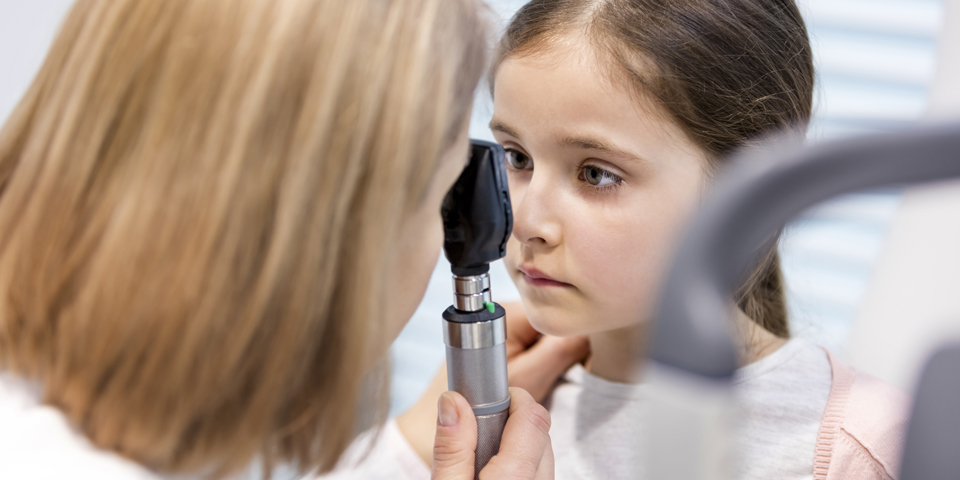Marshfield Clinic Research Institute and Denver Health have been awarded a grant from the National Institutes of Health to fund a research project looking into pediatric conjunctivitis.
Conjunctivitis, more commonly known as “pink eye," accounts for 1-3% of all pediatric outpatient visits and impacts one out of every eight children each year.
This five-year study will enroll children from Marshfield Clinic Health System and Denver Health. The focus is on understanding which viruses and bacteria cause conjunctivitis in children and validating an inexpensive rapid diagnostic test for viral conjunctivitis.
“We hope that by better understanding what causes conjunctivitis in children, we can make improved recommendations on how to treat it and provide better guidance as to when children can go back to school and daycare," said Holly Frost, M.D., assistant professor of pediatrics at Denver Health and primary investigator for this project.
Though most cases of conjunctivitis in children are likely caused by viruses, broad spectrum antibiotic eye drops are prescribed to 80 percent of children presenting for conjunctivitis. These types of antibiotics are associated with the development of antibiotic resistant organisms and patients can have adverse reactions to the medications.
While certain indicators have been identified to aid health care providers in differentiating viral from bacterial conjunctivitis, none have proven to accurately distinguish viral and bacterial conjunctivitis. Therefore, antibiotic prescribing rates have remained high.
“Routine testing is not performed and often the disease is treated with antibiotics, which of course are not effective against viruses," said co-investigator Jennifer Meece, Ph.D., Director of the Integrated Research and Development Laboratory at Marshfield Clinic Research Institute. “We hope to better understand the proportion of infections caused by bacteria and viruses. This will hopefully promote better antimicrobial stewardship and impact health care costs through better diagnostics."
This study will evaluate the bacterial and viral causes of conjunctivitis in children in the U.S. using validated methodology. Patients who are healthy or have an upper respiratory infection, such as a cold, will be used as controls. The overarching aim is to improve diagnosis and treatment recommendations for children with conjunctivitis.
Additionally, the validation of an inexpensive, point-of-care test for viral conjunctivitis in children has the potential to improve clinical care, change diagnosis and treatment recommendations, and dramatically reduce antibiotic prescribing rates for conjunctivitis.
“The test would work similar to a rapid strep test for sore throat in that it is completed right in the doctor's office and results are available within 15 minutes," said co-investigator, Timothy Jenkins, M.D., associate professor of infectious diseases at Denver Health.
He continued, “The test could help doctors quickly determine the cause of a child's pink eye, if they should be prescribed antibiotics and when they can return to school or daycare."
Conjunctivitis is a growing problem in children six months to 18 years. A recent evaluation of the causes of pediatric conjunctivitis across Marshfield Clinic Health System and Denver Health Medical Center from 2013-2017 found an increase in incidence from 44 cases per 10,000 in 2013 to 125 cases per 10,000 in 2017.
Conjunctivitis has a significant impact on daycare, school and work attendance as facilities require children to stay home until they have completed 24 hours of antibiotic eye drops. Additionally, the estimated direct and indirect cost for treatment of conjunctivitis in the U.S. is more than $857 million per year.

